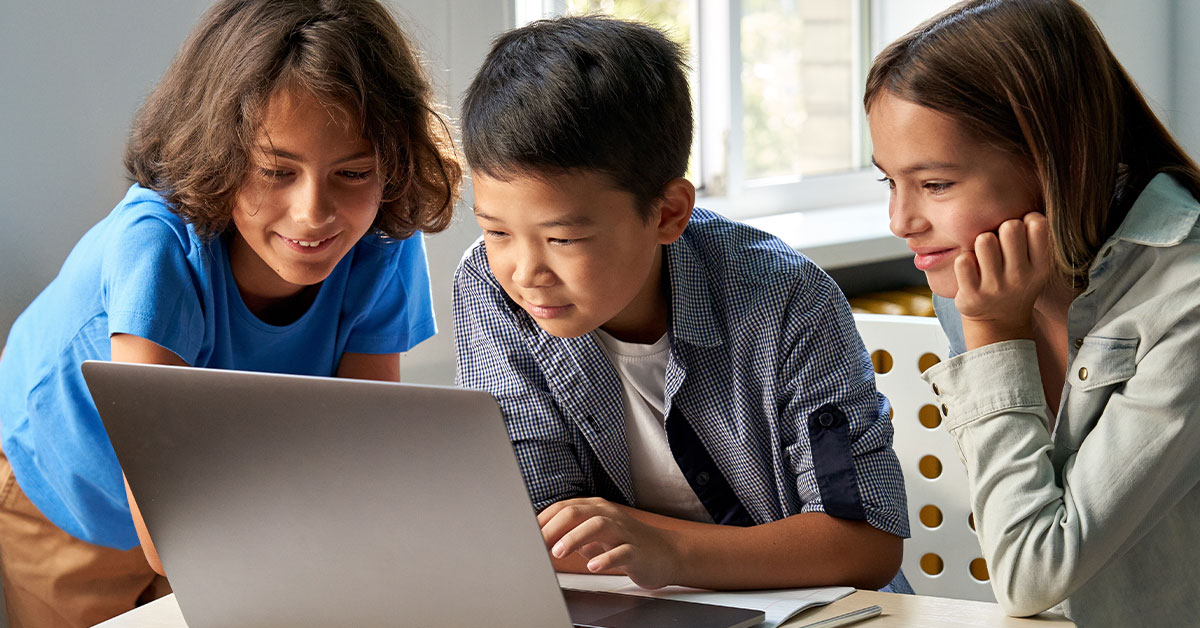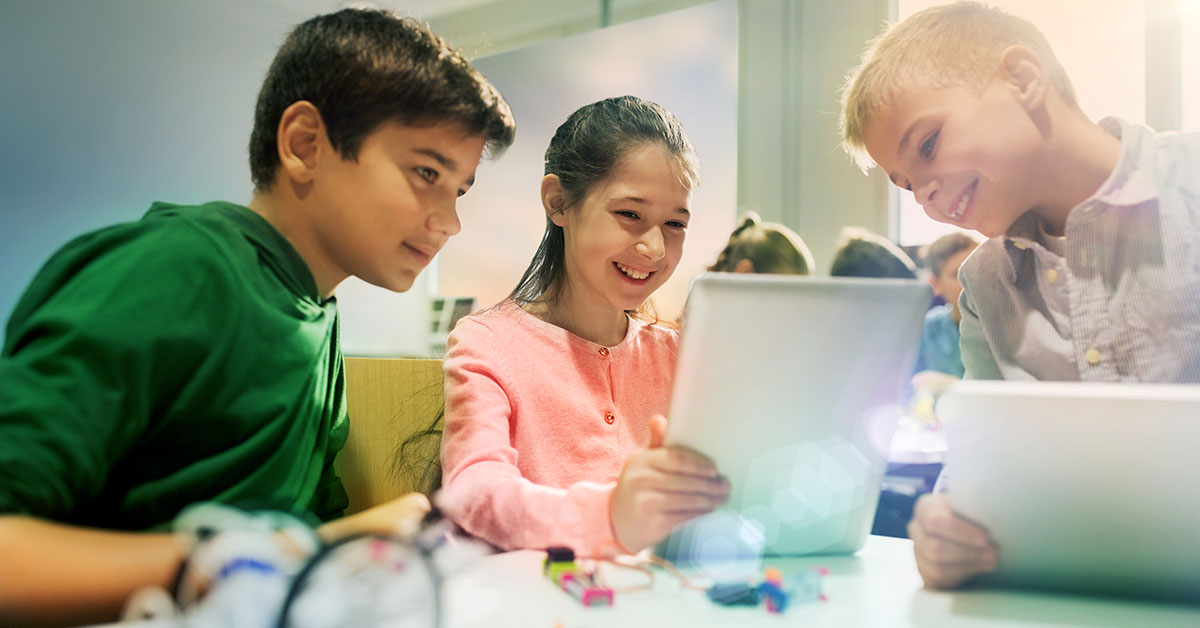
Benefits of Online Science Experiments For K-12 Students
One of the most significant impacts of the COVID-19 pandemic on the education sector is the adoption of online learning in all stages of education. It affected the K-12 learning environment significantly across the world. The situation also offered various new experiences and perspectives, thus pushing education advances forward like never before.
With instructors across subjects at various educational levels moving to a virtual environment instantly, K-12 institutions are also realizing the need to be fairly prepared for this situation by encouraging their students to perform science experiments and enjoying the various benefits of using virtual labs.
Table of Contents:
- Key reasons why allowing students to conduct their experiments virtually makes a smart choice for K-12 institutions.
a. Saves time
b. Offers a flexible learning environment
c. Better pace of learning
d. Engage learners
e. Offer instant feedback
f. Brings in more diversity
g. Guarantee safety - In Conclusion
Key reasons why allowing students to conduct their experiments virtually makes a smart choice for K-12 institutions.
a. Saves time
Unlike the traditional labs where the instructor spent a great deal of time demonstrating the theoretical background and the procedure related to science experiments, online science experiments are much faster and give students a feeling of being more comfortable while experimenting.
Moreover, transitioning science labs online also removes the burden of repetitive and tedious tasks that don’t require much thought or effort but simply take up a lot of time, like preparing supplies for a lab every time before the experiment. Apart from this, it also cuts down on the budget required to research for educational institutions and free up funds that can be used more productively to spur some creativity in students.
b. Offers a flexible learning environment
The online science labs pave the room for more flexibility, allowing learning to happen at any time and also ensuring that many more students have the opportunity to do science experiments. For instance, while some students prefer to watch the experiment videos before lab time, others like to watch them simultaneously as they experiment to be better prepared.
Apart from this, it also allows students to learn from just about anywhere, home, library, or in virtual computer labs. These online science experiments can be delivered to students through a dynamic webpage, thus allowing students to interact with them using their own devices, including smartphones, computers, tablets, or any other device which can encourage them to study easily.
c. Better pace of learning
When learning online, students invariably like the convenience of being able to watch the online videos again and again at their own pace. The reasons could vary from having the option to repeat the theoretical and explainer videos to ensure that they understood the concept or scientific idea well or the comfort of learning and performing experiments from the comfort of their home.
Further, virtual labs and online experiments save the hassle of reaching out to the instructor for simple queries as students can find answers to their questions through watching videos immediately without having to postpone the written experiment report until they visit the instructor. Overall, online science experiments offer more accessible references than instructors, as many students can have questions before, during and after the experimentation that cause undue pressure on the instructors.
d. Engage learners
Lengthy science experiments or other project-based activities in a physical setting can be quite demotivating for students due to the sheer amount of time and effort they take in setting up and implementation. Online mode of science experiments, on the contrary, allow K-12 institutes to capture learners’ attention by allowing them to easily test and conduct all those procedures virtually. Virtual labs help students learn better.
The students in this mode can conduct the same science experiment as many times as they want as per their ability to absorb and retain information. This is otherwise very difficult to provide in a real science laboratory setup with limited inventory/ material and the lack of equipment in proportion to the total number of students.
e. Offer instant feedback
Another advantage of encouraging K-12 students to perform online science experiments is that it allows students to redo experiments on the spot while they are still exploring the concept in a critical thinking mode. Since most of the experiment results are recorded, it also makes it easier and more efficient to maintain communication between teachers and students.
Unlike the traditional science lab setup, online science experiments no longer have a single chance option, and students can analyze, reflect and go over their mistakes in terms of what went wrong and give it another chance immediately.
f. Brings in more diversity
Encouraging students to do science experiments online gives K-12 educational institutions a unique opportunity to bring in more diversity by incorporating animated characters that are either color neutral or gender-neutral. This inspires many more students to explore science.
Further, it also gives an opportunity to experiment with the idea of cloud-based science labs that will allow both students and researchers to remotely design and perform science experiments either via a web interface or connected lab equipment.
g. Guarantee safety
In a virtual learning environment, students get the option to try various kinds of experiments without the risk of damaging equipment or even injuring themselves. Besides, they can also test multiple science scenarios, compare them thoroughly and determine which one is the most effective without having to necessarily try them in real life.
All in all, doing online science experiments in a virtual lab setup protects students from the dangers they face while conducting some of the dangerous experiments in physical laboratories. Further, it also eliminates the need for students to deal with toxic/radioactive chemicals and other similar hazards and offers a more effective way to avoid laboratory accidents.
In Conclusion
Transitioning to virtual learning in science education is relatively more challenging as compared to other nonscience courses simply because of the experimental nature of the subject, where students are required to base their answers purely based on observations and evidence.
However, if more educational institutions can teach science online and encourage their students for online science experiments, it will help bring the magic of science to many more students before they’re able to set foot in a physical laboratory.
Related Article – 7 Benefits of Using Virtual Labs in K-12 Education – Hurix Digital





